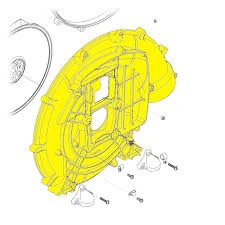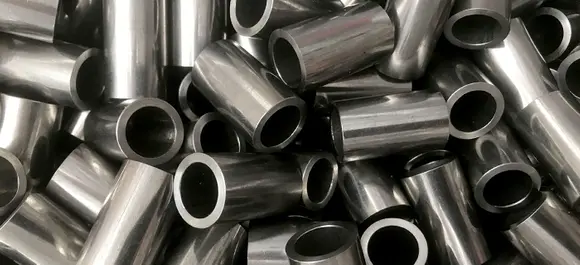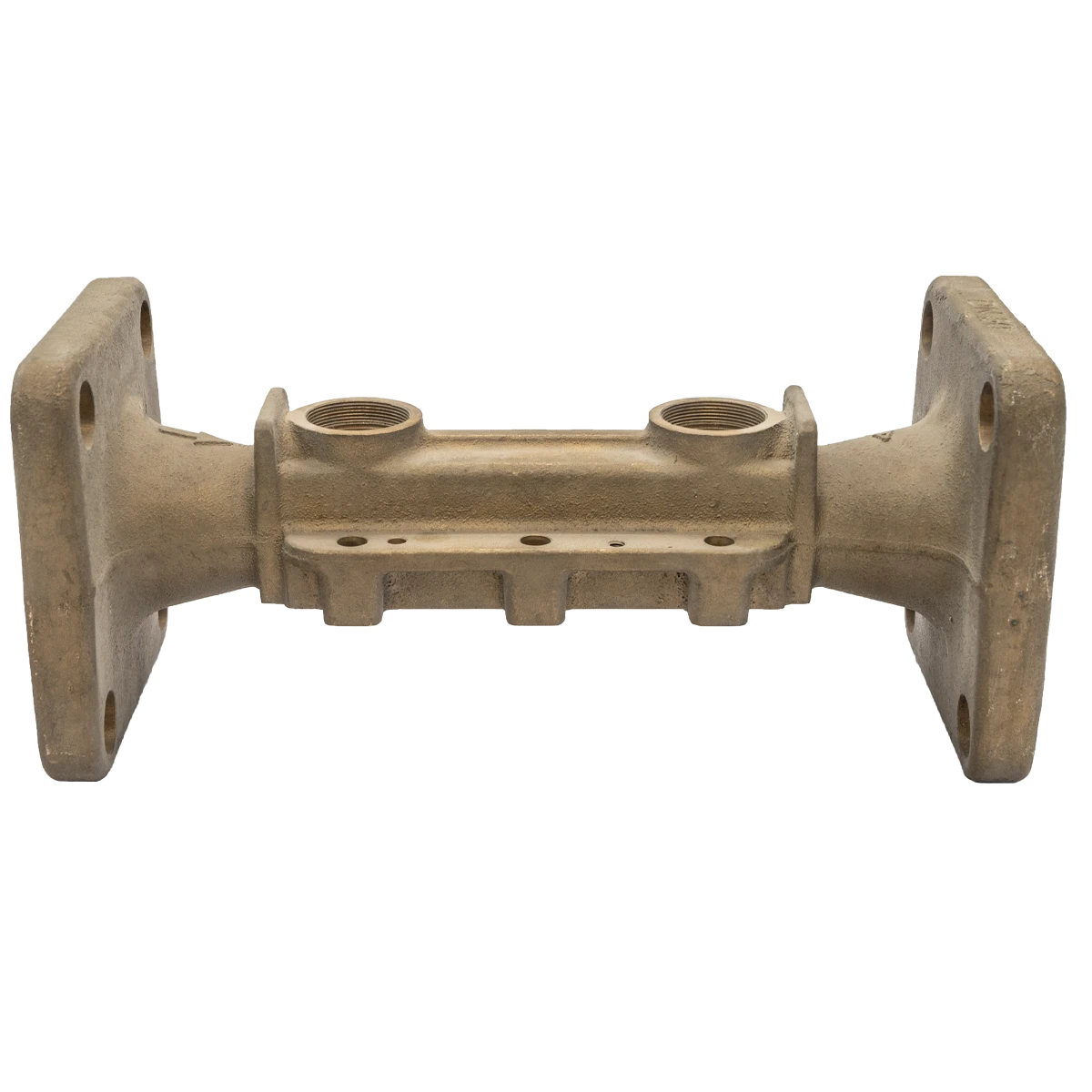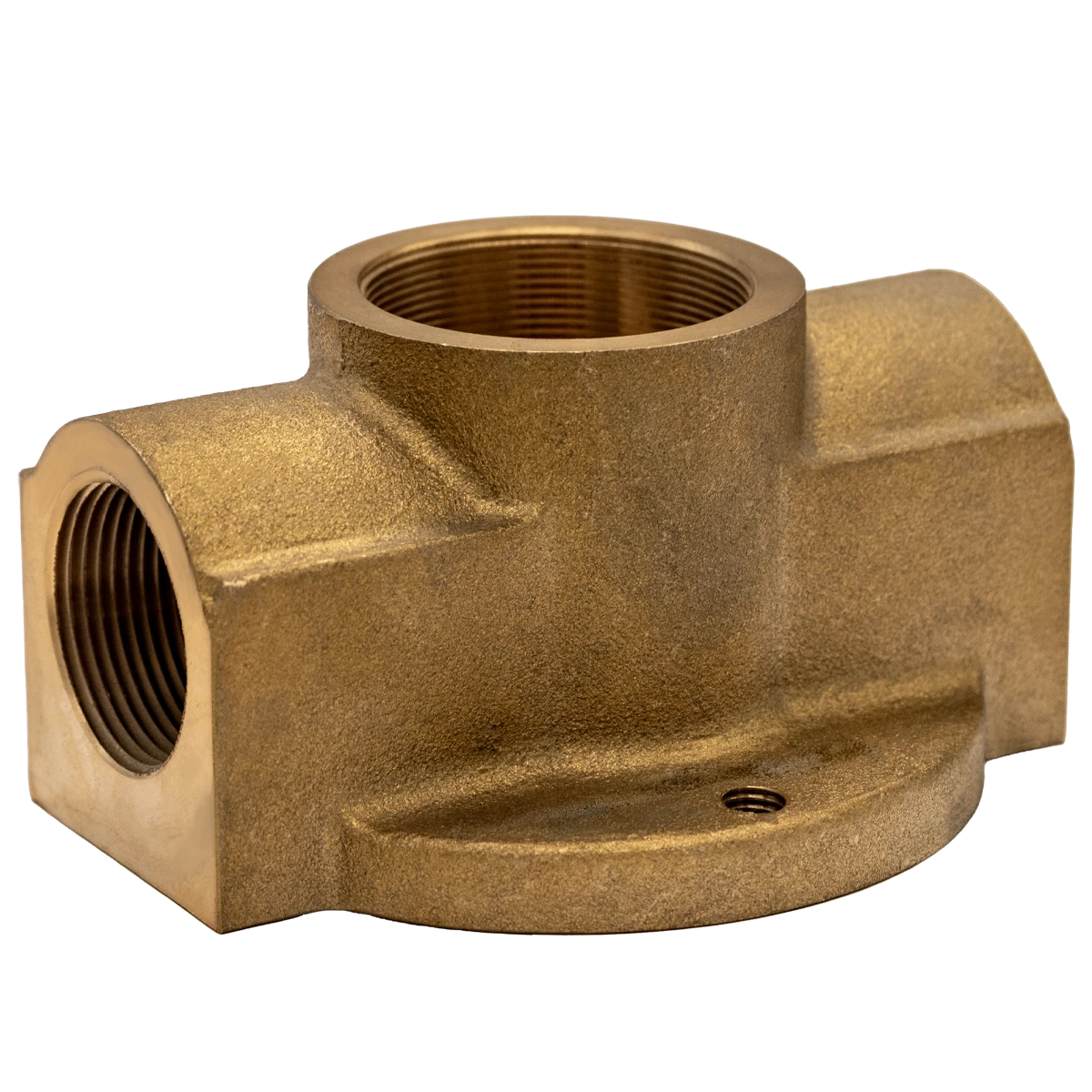Mobile:+86-311-808-126-83
Email:info@ydcastings.com
English
Die Casting Explained Precision, Efficiency & Aluminium Solutions
- Introduction to Die Casting
- Key Differences Between Sand Casting and Die Casting
- Technical Advantages of Modern Die Casting
- Manufacturer Comparison: Capabilities and Costs
- Custom Solutions for Industrial Applications
- Real-World Applications Across Industries
- Future Trends in Aluminium Die Casting

(what is die casting)
What Is Die Casting? A Comprehensive Overview
Die casting is a metal fabrication process where molten material—typically die casting aluminium—is injected into reusable steel molds under high pressure. This method produces complex, high-tolerance components with superior surface finishes, making it indispensable for automotive, aerospace, and consumer electronics. Unlike traditional casting methods, die casting achieves cycle times as short as 15 seconds, enabling mass production of up to 500,000 units annually for single molds.
Understanding Manufacturing Alternatives
When comparing sand casting vs die casting, critical distinctions emerge. Sand casting utilizes expendable sand molds, suitable for low-volume orders (50-1,000 units) and large parts like engine blocks. However, it delivers surface roughness averaging 250–500 µin versus die casting’s 32–63 µin. Die casting maintains dimensional accuracy within ±0.1 mm, outperforming sand casting’s ±0.5 mm tolerance. A 2023 industry report showed die casting reduces post-processing costs by 40% compared to sand casting for mid-volume runs.
Precision Engineering and Efficiency
Advanced cold-chamber machines now achieve injection pressures exceeding 2,500 bar, enabling wall thicknesses below 0.6 mm. Automated systems integrate real-time monitoring, reducing defect rates to 0.2% versus 3.5% in semi-automated setups. Leading manufacturers like Dynacast and Gibbs Die Casting report 22% energy savings through AI-driven pressure regulation systems implemented since 2021.
| Manufacturer | Cycle Time (s) | Price per Unit ($) | Aluminum Grade Support |
|---|---|---|---|
| Company A | 18 | 0.85–1.20 | AA 380, 383, 413 |
| Company B | 22 | 0.70–1.05 | AA 360, 380, ADC12 |
| Company C | 15 | 1.10–1.45 | AA 383, ADC12, LM24 |
Tailored Production Strategies
Custom die casting solutions now accommodate 82% of OEMs’ unique specifications through modular mold designs. Hybrid systems combine traditional casting with CNC machining, achieving ±0.025 mm precision for medical device components. A 2024 survey revealed 67% of manufacturers now offer tiered pricing models, with volume discounts activating at 10,000+ units for aluminum projects.
Industry-Specific Implementations
The automotive sector consumes 58% of all die casting aluminium outputs, primarily for transmission housings and e-motor components. Tesla’s Giga Press systems produce 6,000 Model Y rear underbodies weekly using single-piece die casting, eliminating 370+ individual parts. In electronics, die-crafted aluminum heat sinks improve thermal management in 5G base stations by 31% compared to extruded alternatives.
Why Die Casting Aluminium Dominates Modern Manufacturing
With 73% of industrial manufacturers prioritizing lightweighting, die casting aluminium provides the optimal strength-to-weight ratio (tensile strength: 310 MPa; density: 2.7 g/cm³). Emerging vacuum-assisted high-pressure casting reduces porosity by 90%, enabling structural aerospace components. As sustainability mandates intensify, 95% of die-cast aluminum parts now incorporate 30–50% recycled content without compromising performance.

(what is die casting)
FAQS on what is die casting
Q: What is die casting?
A: Die casting is a manufacturing process where molten metal is injected under high pressure into a reusable steel mold (die). It produces precise, complex metal parts with smooth surfaces and tight tolerances, commonly used in automotive and consumer electronics.
Q: Sand casting vs die casting: What are the key differences?
A: Sand casting uses expendable sand molds for low-cost, large-scale parts with rough surfaces, while die casting employs reusable steel dies for high-volume production of detailed, dimensionally accurate components. Die casting is faster but has higher upfront tooling costs.
Q: Why is aluminum commonly used in die casting?
A: Aluminum is lightweight, corrosion-resistant, and has excellent thermal conductivity, making it ideal for die casting. Its low melting point also reduces energy consumption during the process, while maintaining strength-to-weight ratios critical for automotive and aerospace applications.
Q: What industries rely heavily on die casting?
A: Die casting is vital in automotive (engine components, housings), consumer electronics (laptop frames, connectors), and appliances. Its ability to mass-produce lightweight, durable parts with minimal post-processing drives adoption in high-performance sectors.
Q: What are the main advantages of die casting?
A: Key benefits include high production speed, exceptional dimensional consistency, and smooth surface finishes. It minimizes material waste and allows integration of complex features like ribs or threads, reducing assembly needs for multi-part designs.
-
Materials Used in Manufacturing Cap End Pipe FittingsNewsNov.24,2025
-
Material Properties of CF8M CastingNewsNov.24,2025
-
How to Inspect Pump Cap Ends for DamageNewsNov.21,2025
-
Backward Curved Impeller – Efficient Airflow Solutions for Industry | YD CastingsNewsNov.21,2025
-
Automobile Water Pump - Efficient, Quiet, Durable & ElectricNewsNov.21,2025
-
Impeller for Pumps – High-Efficiency, Durable, OEM-ReadyNewsNov.21,2025











